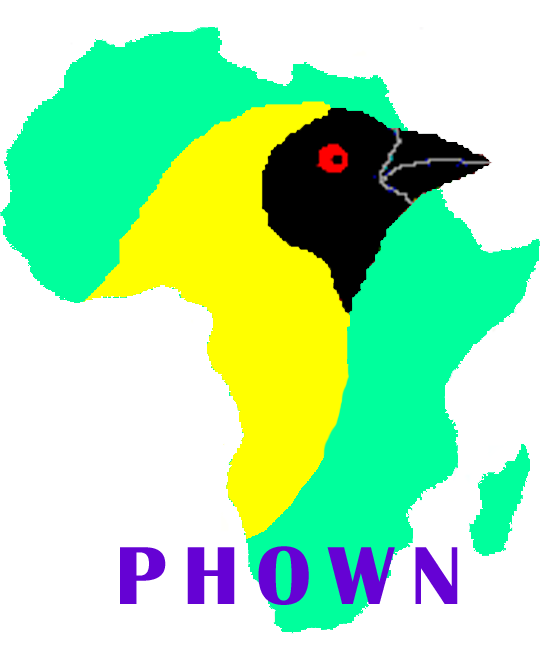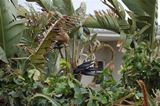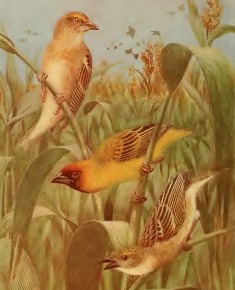Weaver news
|
Abstract. Conspecific nest parasitism is a common reproductive strategy in the northern masked weaver (Ploceus taeniopterus). Parasites appear to be females with nests of their own who lay an additional egg in another female's nest as a way to enhance their reproductive success. Brood size in the northern masked weaver is practically constrained to three: starvation in four-chick broods is very common. The constraint on brood size is probably imposed by the extreme hatching asynchrony characteristic of this species: the last egg in a four-egg clutch hatches 72 h after the first egg, and when a chick starves, it is almost always the youngest chick. Late-hatching chicks also grow more slowly than do early-hatching chicks. If a female were to lay a fourth egg in her own nest, there is little chance that it would succeed. However; if she places it in another female's nest before that host lays her third egg, then it may have a greater chance of success. Literature as featured in Weaver Watch news items |











 Jackson WM. 1993. Causes of conspecific nest parasitism in the northern masked weaver.
Jackson WM. 1993. Causes of conspecific nest parasitism in the northern masked weaver.